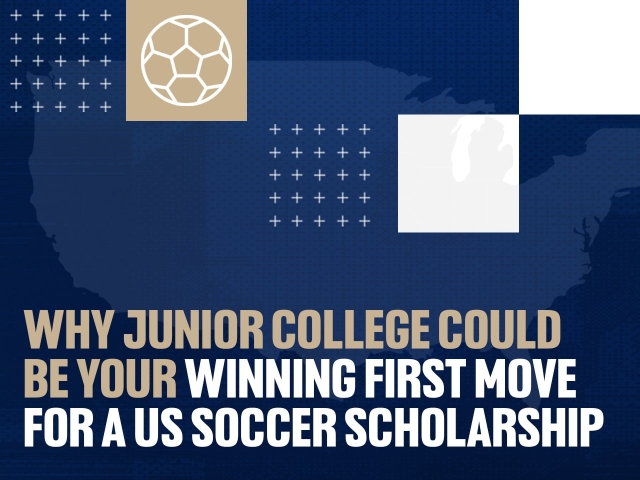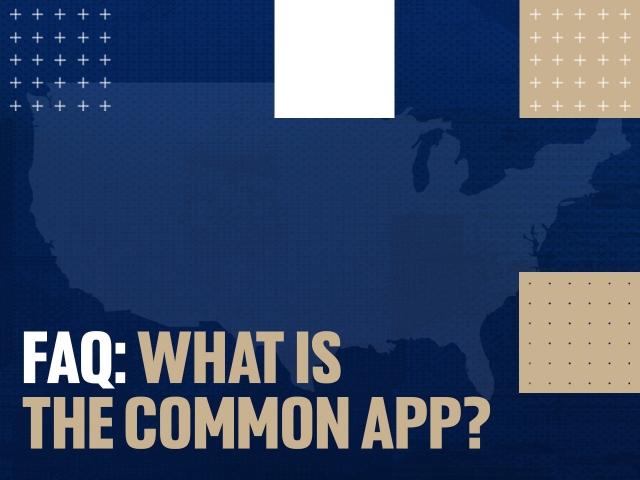Currently, NCAA rules allow for coaches and administrators to freely leave one school for another, but student athletes face restrictions in doing the same thing. However, current proposals suggest that the rules for transfers may soon move away from schools, and towards college athletes – a move that could be viewed as long overdue.
The Division I Council Transfer Working Group is considering a change to the rule that allows schools to essentially control where athletes can transfer. The current rule requires athletes to get permission from their current school before talking with other schools. Although the schools cannot bar their transfer, an athlete who didn’t get a release to contact from his former school is barred from receiving an athletic scholarship from the destination school.
The proposed change would allow athletes to receive scholarships after transferring regardless of whether they’d received permission to talk with other schools about transferring. At this point, it’s only an idea; the working group wants feedback from NCAA schools over the next few months. But the change could be voted on as early as April. If enacted, it would be a big step toward benefiting athletes.
However, this new proposal would also raise the topic of graduate transfers; those whom have earned a degree but still have eligibility to transfer and play immediately while pursuing a post-graduate and/or masters degree.
Though there’s no push to prohibit immediate eligibility for graduate transfers, the working group wants to find ways to hold the destination schools accountable, either through requiring schools to count the transfers against their team’s scholarship limits for two years, regardless of whether the player is still there, or by adding graduate transfers into the Academic Progress Rate (APR), which penalises schools that don’t meet benchmarks. And it wants coaches to face penalties for breaking rules in recruiting potential graduate transfers.
Those might make sense, but they also could potentially limit graduate transfers — which amount to “less than one-half of 1 percent” of Division I athletes, according to data collected by the NCAA.
The working group also would like to make sure conferences don’t have policies that would be more restrictive than NCAA transfer rules, which is a good idea. But it also considered whether transfer rules in every sport should be the same (currently, players in some sports must sit out a year after transferring, while players in other sports are immediately eligible). Among the problems with achieving uniformity: Which way would the rule change go — every transfer in any sport has to wait a year, or everybody is immediately eligible?
If the goal is really to benefit the players, that would seem simple: Let them transfer and play right away. But that seems unlikely to happen — it could essentially lead to unlimited transfers. On the other hand, forcing transfers in every sport to sit out a season just to have the same rule across the board would be overkill — and would be 180 degrees away from the idea of benefiting the athletes. Overall, it seems more than likely the transfer rules will remain a sport-by-sport thing.




